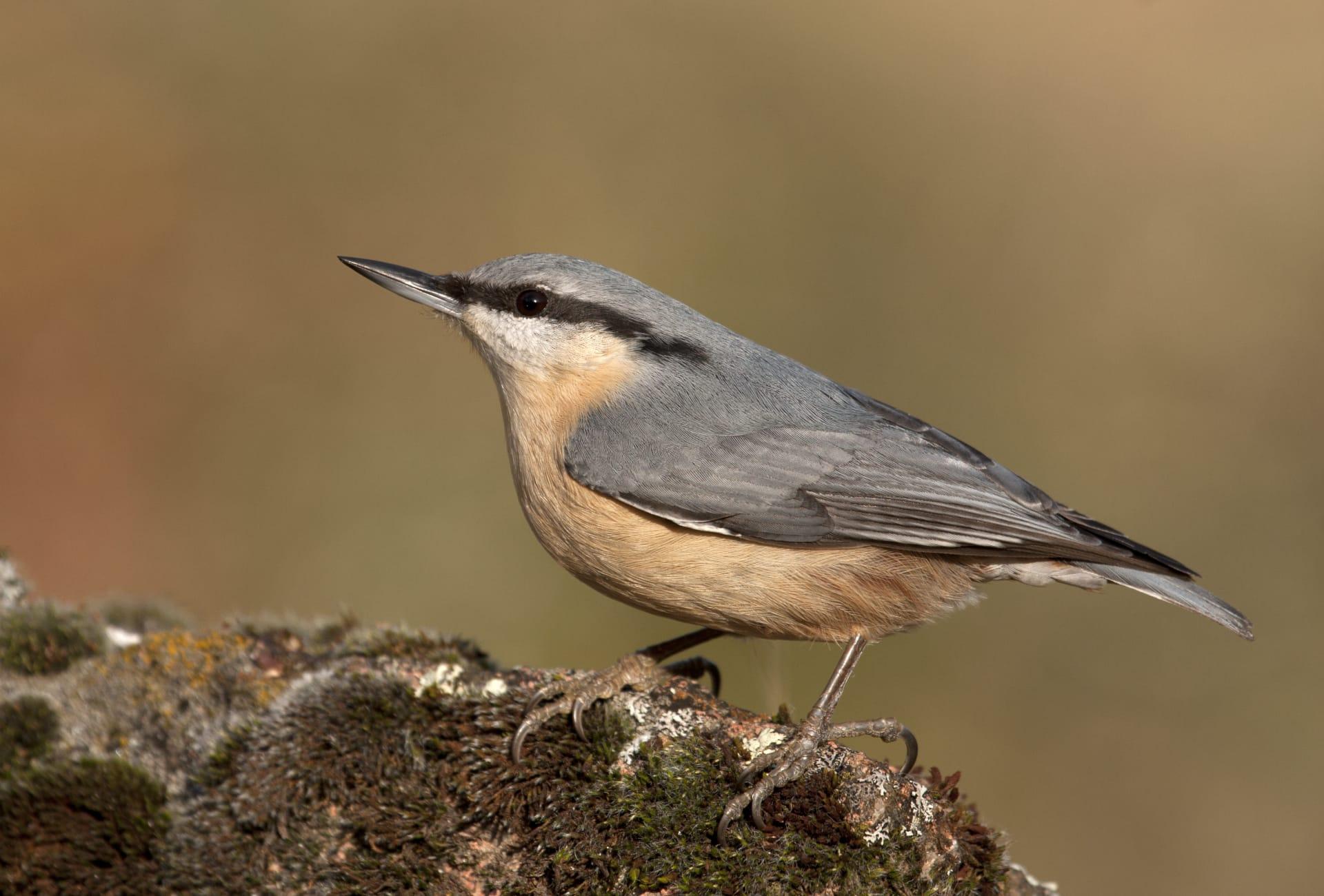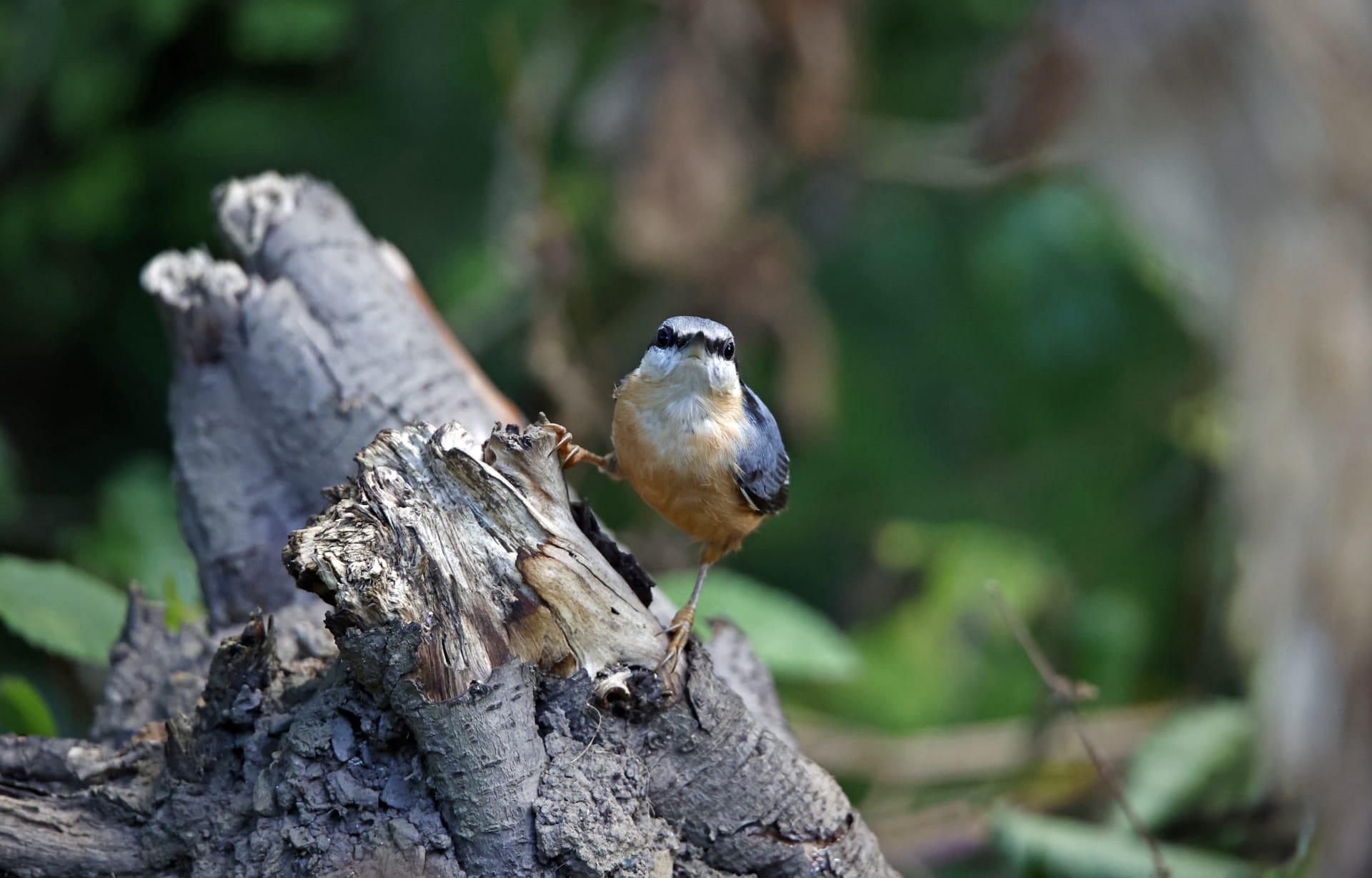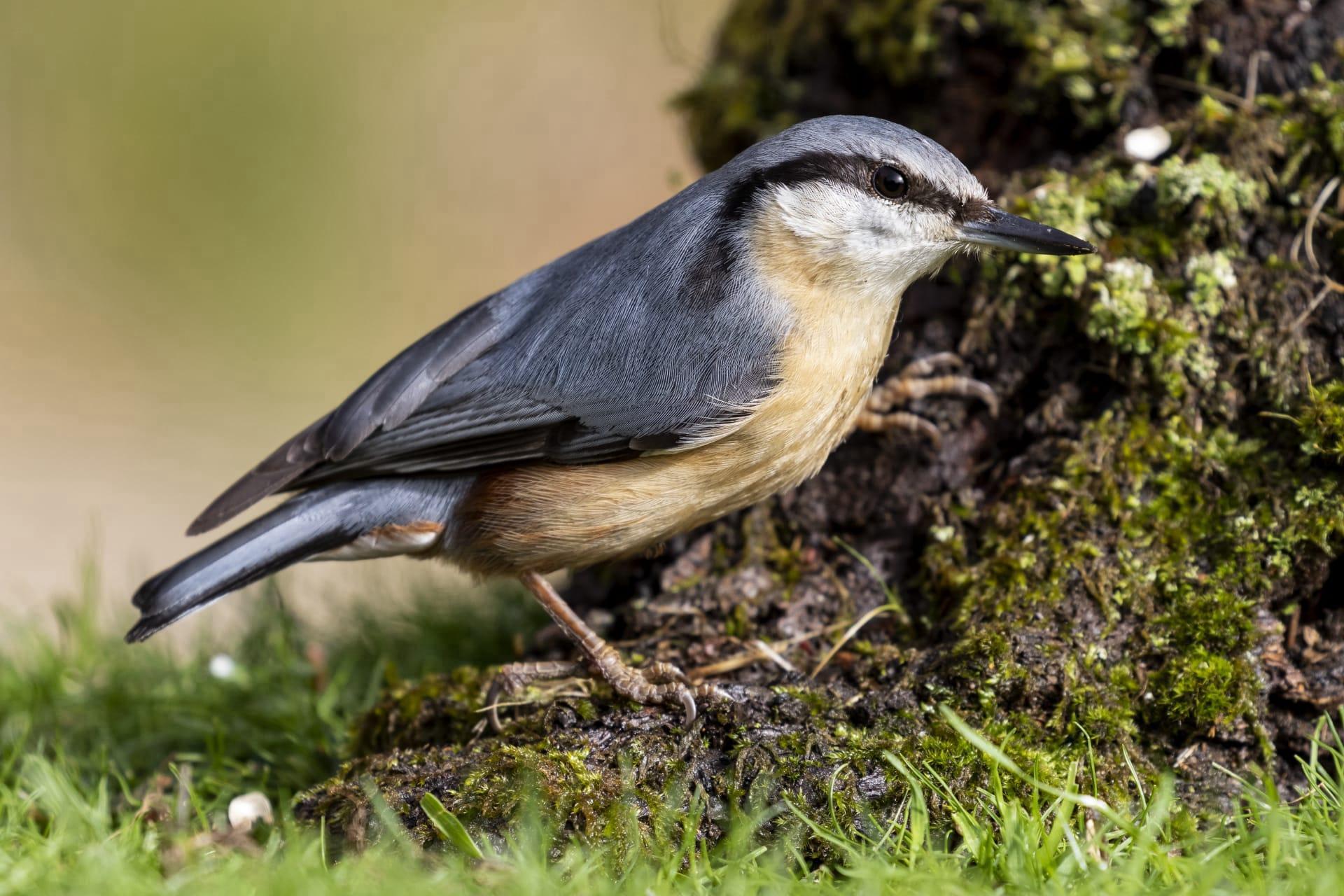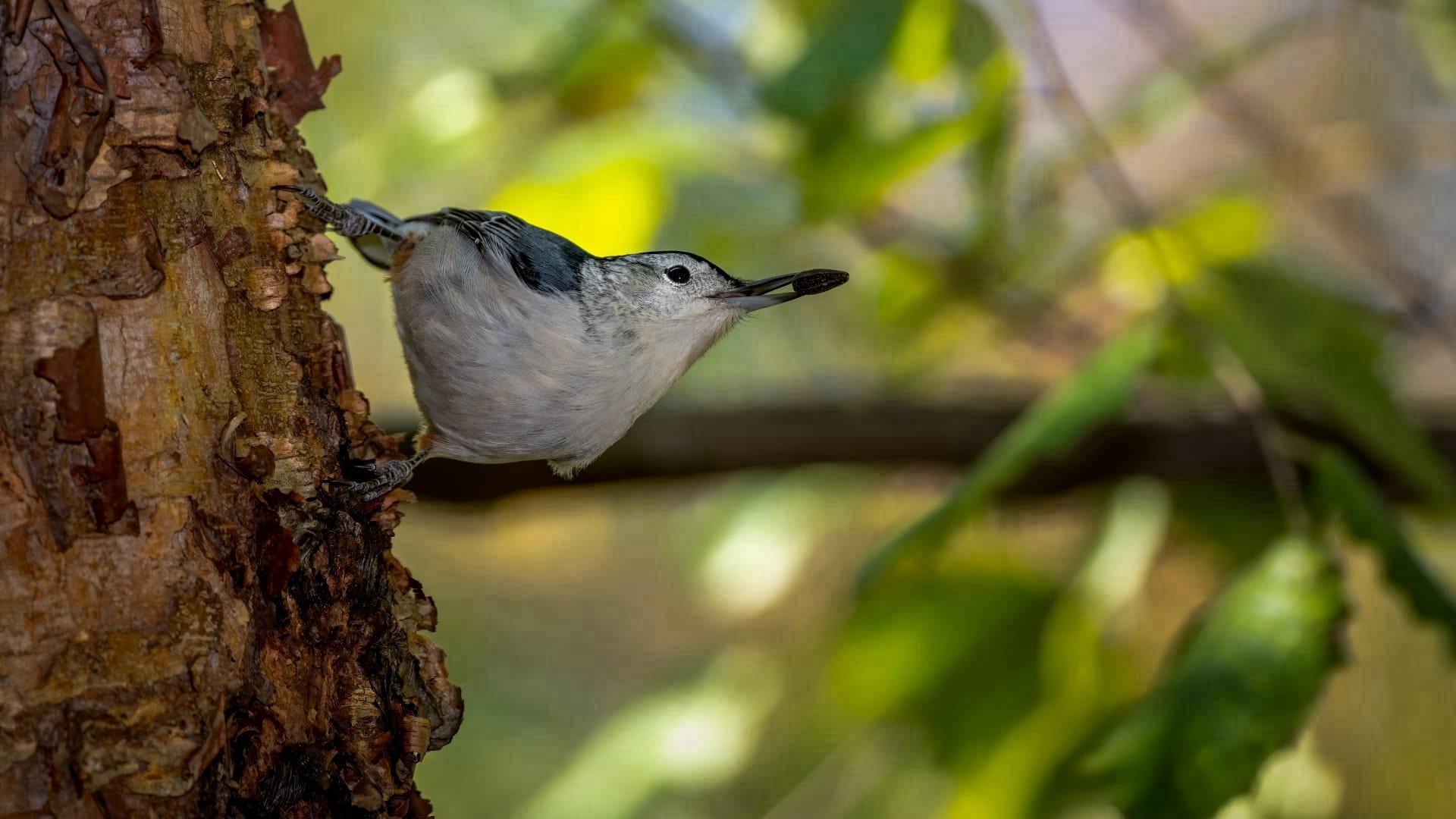Nuthatch Trivia
- Home /
- Trivia Question /
- Animal /
- Nuthatch Trivia
1
Question: What unique physical feature distinguishes nuthatches from other small birds?
Answer: Nuthatches are known for their strong, straight beaks and short legs. An interesting aspect is their ability to move headfirst down trees, unlike most other birds. This unique skill helps them search for insects and seeds hidden in the bark. Their beaks are about 1.8 centimeters long, perfectly designed for probing crevices in the bark.
Question: How does the diet of a nuthatch vary throughout the year?
Answer: Nuthatches are omnivores with a diet that changes seasonally. In spring and summer, they primarily eat insects and spiders, providing high protein for breeding season. Come fall and winter, their diet shifts to seeds and nuts. They're particularly fond of sunflower seeds and sometimes store these in tree bark for later consumption.

2
Question: Do nuthatches migrate like many other bird species?
Answer: Contrary to popular belief, most nuthatch species are non-migratory. They tend to stay within the same area year-round, especially in temperate regions. However, in some cases, they may move to lower elevations in winter if food sources become scarce.
Question: Is it true that nuthatches are solitary birds?
Answer: Nuthatches are often thought to be loners, but this isn't entirely true. While they are territorial and often seen alone or in pairs, during the winter months, they sometimes join mixed-species flocks. These groups can include species like titmice and woodpeckers, offering increased protection and efficiency in finding food.

3
Question: How do nuthatches communicate with each other?
Answer: Nuthatches have a range of vocalizations used for communication. Their calls include a sharp "sit-sit" sound to signal alarm and a series of soft "whit-whit" notes during social interactions. They also use body language, such as tail flicking and wing flapping, to convey messages to other nuthatches.
Question: Can nuthatches use tools to help them feed?
Answer: Interestingly, nuthatches have been observed using pieces of bark as tools to pry up larger pieces of bark in search of insects. This behavior, while not common, showcases their problem-solving abilities and adaptability in foraging.

4
Question: How do nuthatches build their nests?
Answer: Nuthatches typically nest in tree cavities, either natural or old woodpecker holes. They use soft materials like fur, feathers, and grass to line the nest. A unique aspect of their nesting behavior is that they often use resin or other sticky substances around the entrance of the nest hole, which is thought to deter predators.
Question: Are nuthatches important for their ecosystems?
Answer: Absolutely! Nuthatches play a crucial role in their ecosystems. By eating vast quantities of insects, they help control pest populations. Their habit of storing seeds also contributes to forest regeneration, as some of the seeds they hide are forgotten and eventually grow into new plants.

5
Question: How long do nuthatches typically live?
Answer: In the wild, nuthatches have an average lifespan of about 2 to 3 years, though some individuals have been known to live up to 10 years. Factors like predation, food availability, and environmental conditions can greatly influence their lifespan.
Question: What are the main threats to nuthatch populations?
Answer: The primary threats to nuthatches include habitat loss due to deforestation and urbanization. Additionally, pesticide use can reduce their food supply (insects), and climate change may impact their natural habitats. Conservation efforts focusing on preserving forests and reducing pesticide use are key to protecting these fascinating birds.